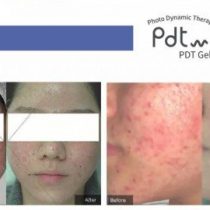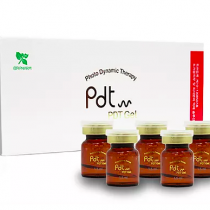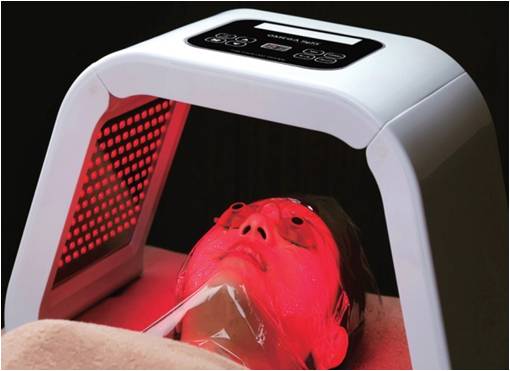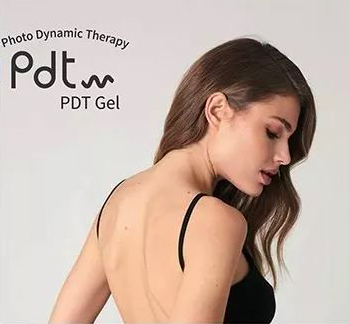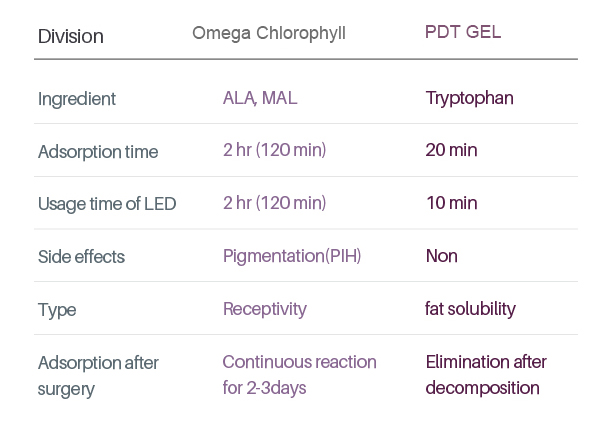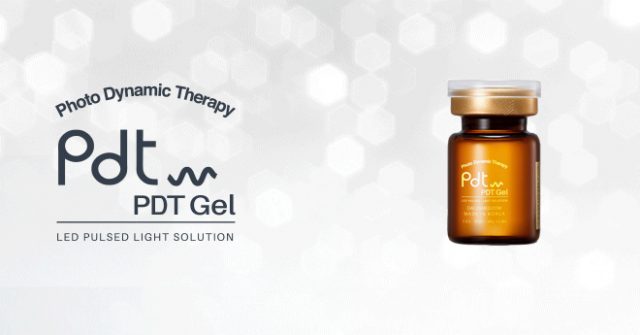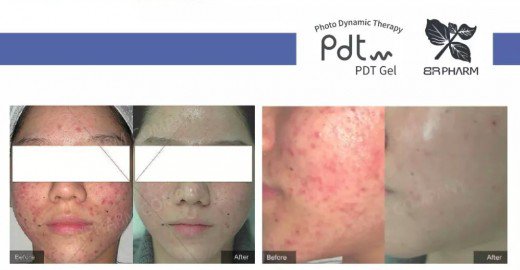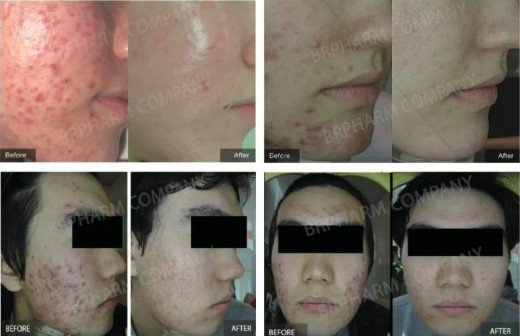PDT photodynamic therapy for acne is a treatment method that makes use of a drug, known as photosensitizing agent or photosensitizer, and a special kind of light. Whenever photosensitizer are revealed to a particular wavelength of light, they create a type of oxygen that kills neighbouring cells. Each photosensitizer is triggered by light of a particular wavelength. This wavelength decides the distance of the light travelling within the body. Therefore, doctors make use of particular wavelengths and photosensitizers of lights to treat various parts of the body with PDT photodynamic therapy.
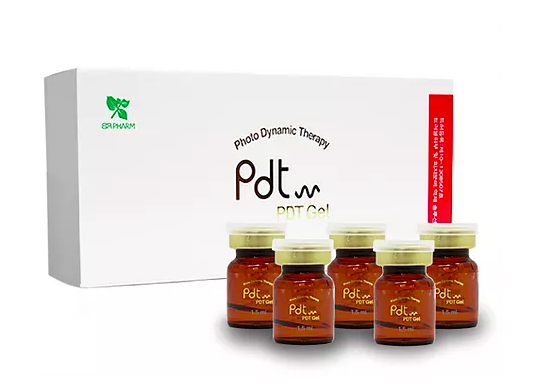
What sources of light are accessible, and how are they used?
The light sources for PDT includes light-emitting diodes (LEDs), intense pulsed light, laser light, red light, blue light and several other visible lights (consisting of natural sunlight). Photosensitizer medicines may become triggered by one or more than one kind of light. The optimal source of light based on the perfect wavelength for the specific drug employed as well as target tissues.
The source of light requires being applied directly to the aimed tissues for a suitable amount of time. For surface procedures, the light is applied directly to the part of the skin where the photosensitizer medicine has been used (like arms, scalp, face etc.) for inside cancers, supplying the light to the needed area is more difficult. The light may be supplied via small fiber-optic wires within the body cavity or body part being treated. At times, endoscopes ( an elongated, lighted and thin tube that is placed within the body) are employed to supply the light into the bladder, stomach, or lungs.
What kinds of cancer are presently treated with PDT?
By now, the FDA has permitted the photosensitizing component known as the Photofrin or porfimer sodium for use in PDT photodynamic therapy for treatment or ease the signs of non-small cell lung cancer and esophageal. Porfimer sodium is permitted to ease the signs of esophageal cancer whenever the cancer blocks the esophagus or whenever the cancer can’t be suitably treated just by laser therapy. Porfimer sodium is employed to for the treatment of non-small cell-lung cancer in people for whom the normal procedure are not suitable, and to ease signs in patients who are suffering from non-small cell-lung cancer that blocks the airways. In the year of 2003, the FDA permitted porfimer sodium to treat precancerous lesions in people who have Barrett esophagus, a medical condition that can cause esophageal cancer.
Are there any side effects or complications of PDT?
Porfimer sodium helps to make the eyes and skin susceptible to light for about six weeks after the procedure. Therefore, patients are suggested to ignore the bright indoor light and direct sunlight for minimum of six weeks. Photosensitizers have a tendency to develop in tumors and the triggering light is aimed on the tumor. Consequently, there is a less chance to harm to healthy tissue. But, PDT photodynamic therapy can lead to scarring, pain, swelling, and burns in surrounding healthy tissue. Some other side effects are associated to the body part that is already treated. They can comprise shortness of breath, painful breathing, stomach pain, trouble swallowing, coughing etc.
4,254 total views, 1 views today
